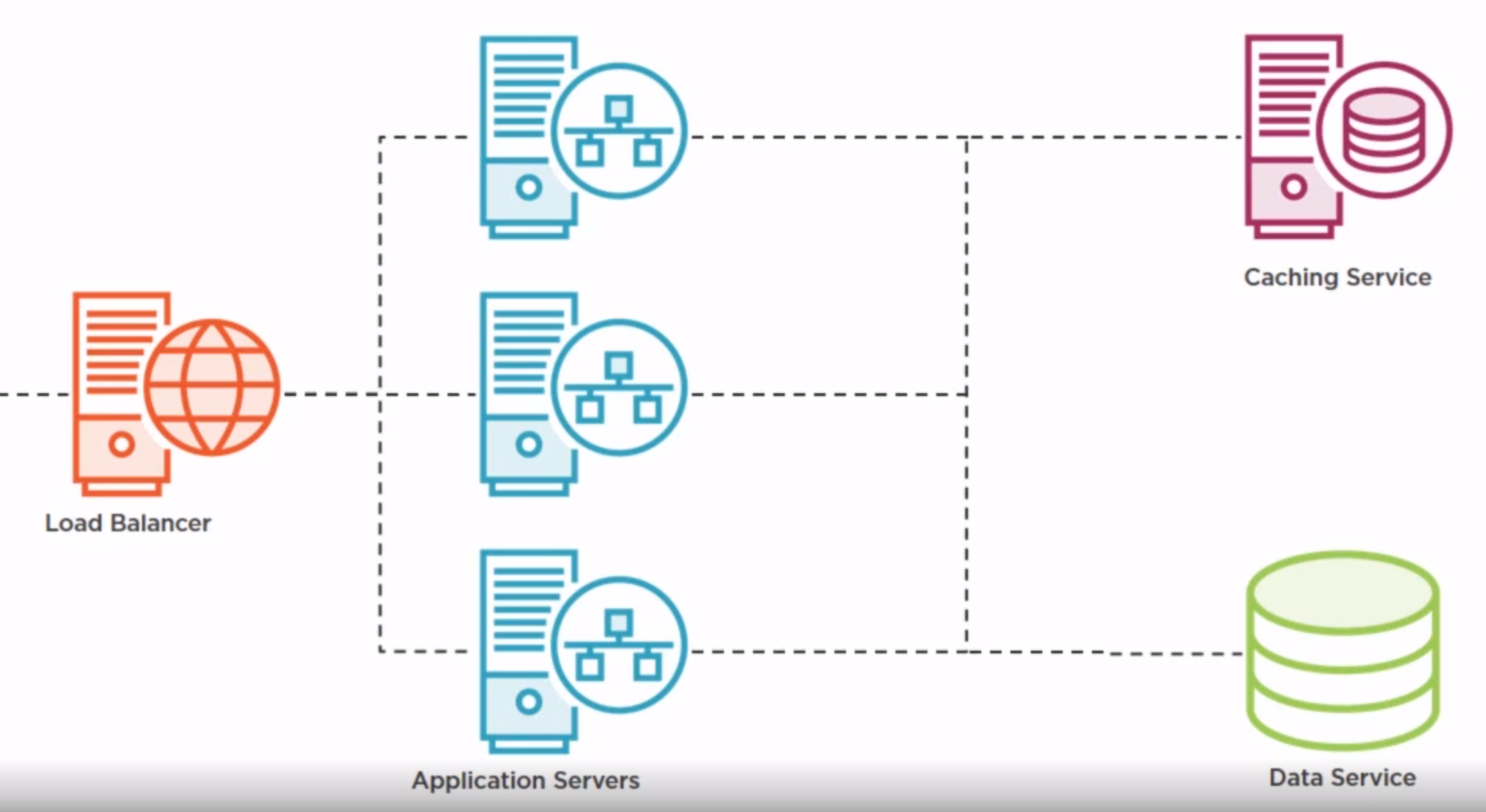Scaling Go Applications: Difference between revisions
Jump to navigation
Jump to search
| Line 84: | Line 84: | ||
func main() { | func main() { | ||
... | ... | ||
go http.ListenAndServe(":3000", new(util.GzipHandler)) | |||
</syntaxhighlight> | </syntaxhighlight> | ||
Revision as of 12:15, 28 January 2021
Introduction
Resources
When we look at scaling we must consider the following resources.
- Network Bandwidth
- Processing Power
- Available Memory
- Data Storage
For this page we will be looking a the challenges around breaking an application in to several servers and following an architecture such as below
 This not meant to be THE solution but a walkthrough on some of the challenges to scale. This will be split into
This not meant to be THE solution but a walkthrough on some of the challenges to scale. This will be split into
- Initial Optimizations
- Creating a Load Balancer
- Caching
- Centralized Logging
AGAIN this is an approach and of course you can use third-party cloud solutions. This one will be confined to Docker and GO.
Initial Optimizations
Content Compression
One of the easiest things to do is to change the http messages to use compression in our messages.
Gzip Handler
For this we write a GzipHandler.
package util
import (
"compress/gzip"
"net/http"
"strings"
)
type CloseableResponseWriter interface {
http.ResponseWriter
Close()
}
type gzipResponseWriter struct {
http.ResponseWriter
*gzip.Writer
}
func (w gzipResponseWriter) Write(data []byte) (int, error) {
return w.Writer.Write(data)
}
func (w gzipResponseWriter) Close() {
w.Writer.Close()
}
func (w gzipResponseWriter) Header() http.Header {
return w.ResponseWriter.Header()
}
type closeableResponseWriter struct {
http.ResponseWriter
}
func (w closeableResponseWriter) Close() {}
func GetResponseWriter(w http.ResponseWriter, req *http.Request) CloseableResponseWriter {
if strings.Contains(req.Header.Get("Accept-Encoding"), "gzip") {
w.Header().Set("Content-Encoding", "gzip")
gRW := gzipResponseWriter{
ResponseWriter: w,
Writer: gzip.NewWriter(w),
}
return gRW
} else {
return closeableResponseWriter{ResponseWriter: w}
}
}
type GzipHandler struct{}
func (h *GzipHandler) ServeHTTP(w http.ResponseWriter, r *http.Request) {
responseWriter := GetResponseWriter(w, r)
defer responseWriter.Close()
http.DefaultServeMux.ServeHTTP(responseWriter, r)
}
Implement on Server
To we can now use this within the server.
func main() {
...
go http.ListenAndServe(":3000", new(util.GzipHandler))